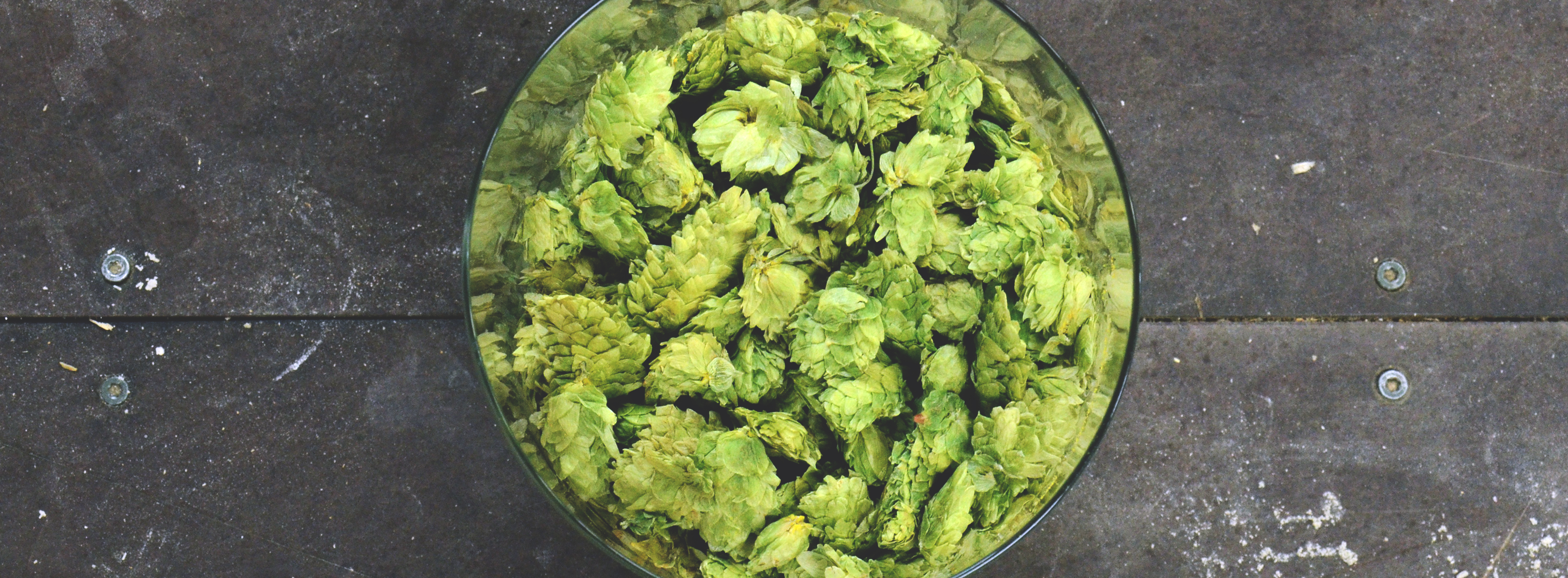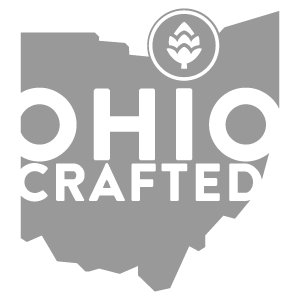
Ask the Brewer: All About Hops
With Chillwave Double IPA on tap and Steady Rollin' Session IPA and Lake Erie Monster Imperial IPA on the way, we thought it would be the perfect time to talk hops with Brewmaster Mark Hunger. Check out Mark's insight on our favorite flowers, then cast an educated ballot at Hop the Vote to help pick the featured hop in our next batch of Independence Ale.
Where do we get our hops, and what goes into selecting the hops we use?
We get most of our hops from around the Yakima area of Washington State. We have bought small amounts from Europe in the past, but most are from Washington. When we go to Yakima, Washington for hop selection we first look at the lab reports for the hops. This will provide the chemistry of each lot of hops based on alpha acids, oils, etc. It will also give a percentage of any impurities in the hops such as stems and leaves. We then physically look at the condition of the sample of hops. We look at the color and any foreign material that might be present. Next, we rub the hops and analyze the aroma. We make our selections based on those criteria and our needs at the time.
How are different hops used? Can you break down why certain hops are used for aroma and others for flavor?
Generally, there are three different types of hops. They are bittering, aroma, and dual purpose. This is not to say that a traditional bittering hop is never used for aroma and an aroma hop is never used for bittering. Dual-purpose hops, by definition, have both qualities. A bittering hop will generally have a higher alpha acid content, which will make the hop efficient in providing bitterness. There are also different components of the bitterness that are taken into account. Some bittering hops will have a “softer” bitterness and others a more aggressive bitterness. Aroma hops will generally have a pleasant aroma and a characteristic ratio of several essential oils.
If we use hops that give off big aromas and flavors, how do you balance that with the other ingredients?
If we want to showcase the malt, then we will be lighter on the hops or use more mild hops. If we want to showcase the hops, we can lighten up on the malt or make the beer drier and the hops stand out. A session IPA is a good example of this. If we are really aggressive with the hops, we will use more malt to balance the hops out and make it more drinkable—like we do in our Lake Erie Monster Imperial IPA and Chillwave Double IPA.
What are some misconceptions people have about hops? Can you shed some light on those?
I have heard several people drink a heavily hopped beer and think it's very strong in terms of alcohol. This is not necessarily the case. A Session IPA can have big hop character, but will be on the lighter side in terms of alcohol.
Now that “hoppy” is a household word, what are some things Great Lakes has done to innovate and use hops in different ways?
We are in constant contact and make yearly trips to hop country in Washington to see which hops are being developed (these experimental hops were the inspiration for our Hop by Numbers IPA). This is a constant process, and hops with different aromas and flavors are always being developed in different breeding programs. Our 7 bbl system in our pub has been our “innovation center” from day one to use these different hops and try different techniques to make great beer.









